Of a unique burial ground of 1971
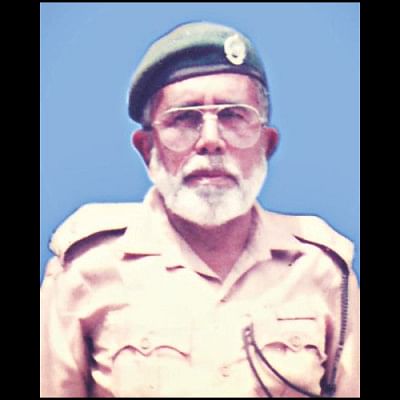
The burial ground of 49 freedom fighters at Dalura of Sunamganj, who embraced martyrdom in 1971, is one of unique distinction in the country.
Both Hindus and the Muslims have been laid to rest here in side by side in the same burial ground. Forty-three bodies, including 42 martyred freedom fighters, have been buried and six others have been cremated at Dalura.
The memorial and a sculpture in memory of the Liberation War have been built next to the burial ground. The memorial and burial ground is located adjacent to the border pillar at Bangladesh-India joint border haat in the east and Balat Bazar of Meghalaya on the other side of the border. Locals have been looking after the memorial and burial ground.
The story of their supreme sacrifice has been recorded in regional history in a scattered manner but not yet included in the national history.
The name of an Ansar commander at the time, Abul Kalam alias Madhu Miah is intricately linked with the burial ground as it was he who collected the bodies of the freedom fighters killed in different areas at different times and arranged for their burial on 1.60 acres of government land at his own village Dalura. He also arranged for treatment of the injured freedom fighters.
During the liberation war Madhu Miah used to bury the martyrs with the help of six others. Munshi Taru Miah led the namaz-e-janaza for the martyrs. Nepu Thakur would take care of the cremation of the Hindu freedom fighters.
Madhu Miah recorded the names of the martyrs and their details in a notebook. His notebook has now become a source of information about the martyrs of Dalura. Madhu Miah himself fought the Pakistani occupation forces during the Liberation War.
Madhu Miah died on March 15, 2004 and he was buried inside the martyrs' ground to honour his last wishes.
Local folk researcher Sumon Kumar Das said the burial ground of the 49 freedom fighters at Dalura is of significant distinction as there is no other similar place in Bangladesh that holds the spirit of patriotism of the Liberation War in Sylhet region like that.
In 1979, local Mukti Sangram Smriti Trust took an initiative to preserve the graves of the martyrs. The area was enclosed with a wall. Sub-sector commander Lt. Col. AS Helal Uddin (retd), a veteran of the Liberation War, took the initiative to inscribe the names of all the martyrs on marble plaques.
Local Khoka Miah, appointed by Mukti Sangram Smriti Trust, has been taking care of the graveyard since 2001.
A local commander of the freedom fighters, Lutfor Rahman alias Joj Miah said, People escaped Dhaka after the crackdown and streamed to their village for safety. Dalura was their choice as it was at the border and communication was good. They then crossed over to Meghalaya. Some of them also took shelter in the refugee camps in India. Others joined training camps for the freedom fighters in India and returned to fight the Pakistani forces.
He said, students from Sylhet MC College, Mymensingh Ananda Mohan College and other colleges including Bhairab College would came through this route to cross over to India. That is why Dalura was strategically very important to the Pakistani forces. They had set up a camp on the bank of the Surma River and tried to prevent people from going to India. The freedom fighters used a diversion route to reach the village.
Sources said, Dalura area was under Balat sub-sector of sector no 5 during the Liberation War. Several lakh people took shelter at Moilam area in Indian state of Meghalaya. Joy Bangla Bazar on this side was a freed area where Pakistani occupation forces could not come. Pakistani forces stayed at Shologhar in Sunamganj town on the south bank of the Surma river, a few kilometers from Joy Bangla Bazar. The freedom fighters set up their camp on a hill in Balat. They fought head-on with the Pakistani forces in the adjoining areas. The 48 freedom fighters martyred in fighting there at different times have been buried at Dalura.
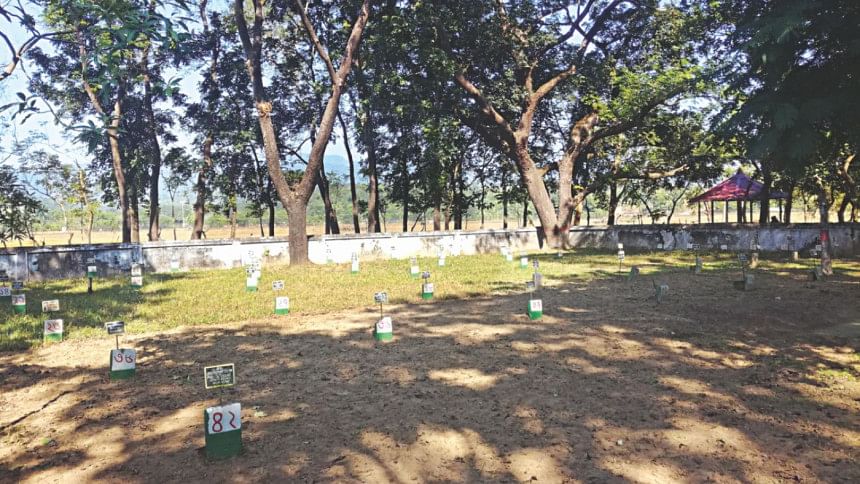
Sunamganj district and upazila administration and Mukti Sangram Smriti Trust jointly lay floral wreaths at the memorial altar on December 15 morning every year. Liberation War researchers want the place to be included in national history.
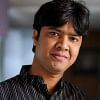
 For all latest news, follow The Daily Star's Google News channel.
For all latest news, follow The Daily Star's Google News channel. 



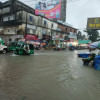

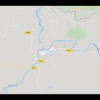


Comments